Description
Italian Rice
Traditional stone husking
Arborio rice is characterized by very large, full-bodied grains, with an extended central pearl, capable of dispersing the right amount of starch to make risottos delicately creamed. It is processed with the traditional stone husking method, an ancient method that, with a delicate abrasion, eliminates the external layers of the grain until obtaining a white rice, ideal for well-creamed risottos. Subsequently, it is subjected to a selection using optical sorters and this is how Riserva Gallo is born, the selection of the best varieties of white rice of the Italian tradition.
Arborio rice for risottos: the most suitable recipes
Arborio rice is particularly suitable for making tasty, creamy and velvety risottos, in fact, during cooking it releases a lot of starch which is essential for the success of a well-creamed risotto. Its grains remain well separated, absorb flavors and bind perfectly with different ingredients. It can be used with all the combinations you like, in particular it can be used for traditional regional recipes with full-bodied combinations, fatty meats such as sausage or ossobuco, red wine or in sophisticated recipes such as with truffles for example.
Toasting Arborio Rice
Toasting is a fundamental step in the preparation of a good risotto, even if many underestimate its importance and do not perform this practice. A trick to understand when you are ready to blend it with wine or to start pouring the broth, is to place the palm of your hand over the pan without touching it. As soon as you start to feel the heat, it will mean that the Arborio rice is toasted.
Where is Arborio Rice produced?
This variety of Piedmontese risotto rice was selected in 1946 in Arborio, a small town in the province of Vercelli, from which the rice takes its name. It is grown in the main provinces of the Po Valley in northern Italy, areas dedicated to rice cultivation, where the climate and soil conditions are favorable for growing the Arborio rice variety. It is, in fact, a variety present in various regional cuisines, from Piedmont to Lombardy, from Emilia to Veneto.

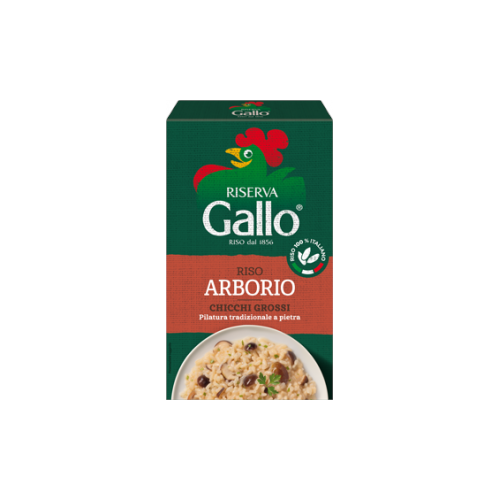
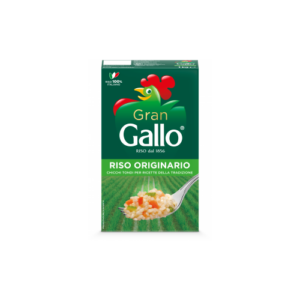
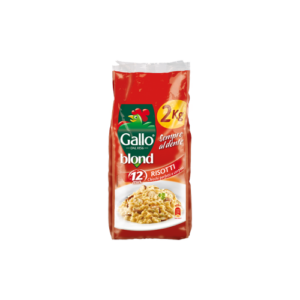
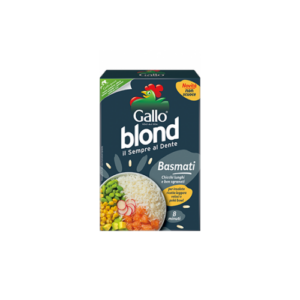
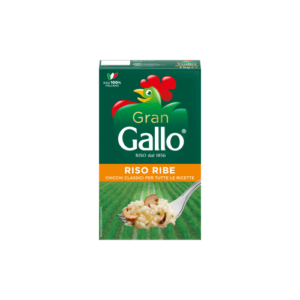
Reviews
There are no reviews yet.